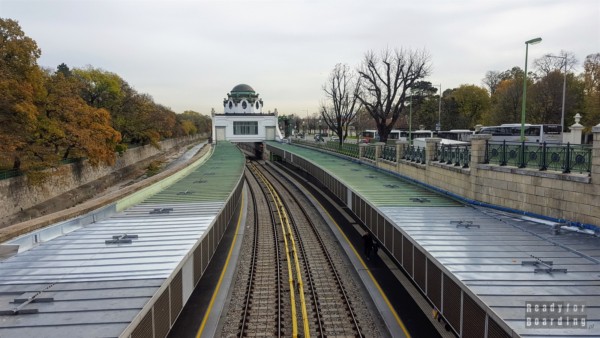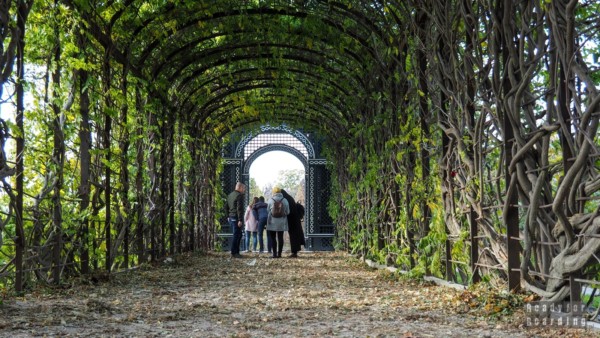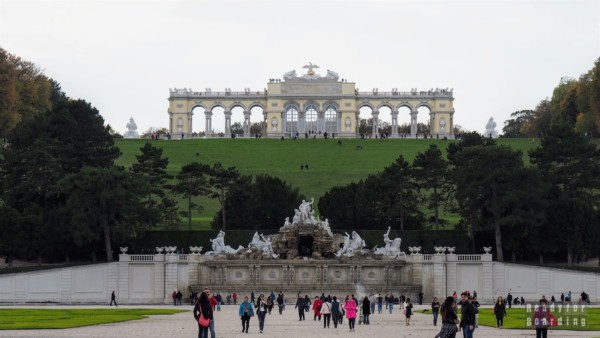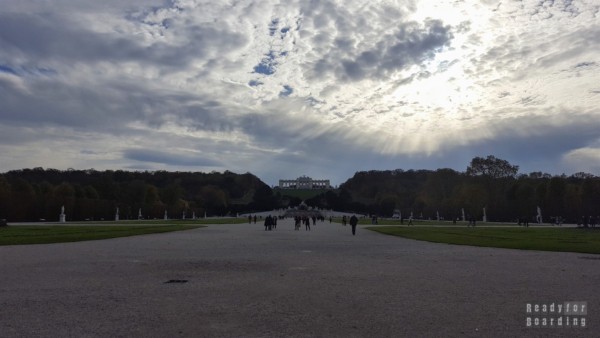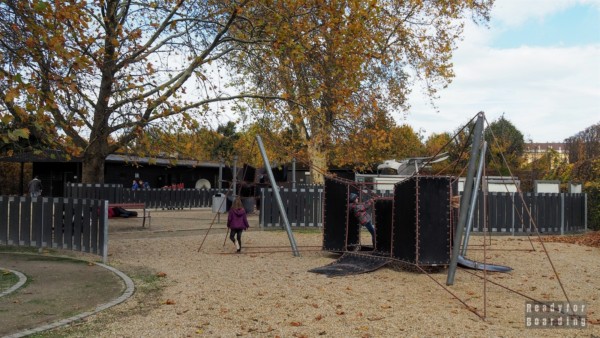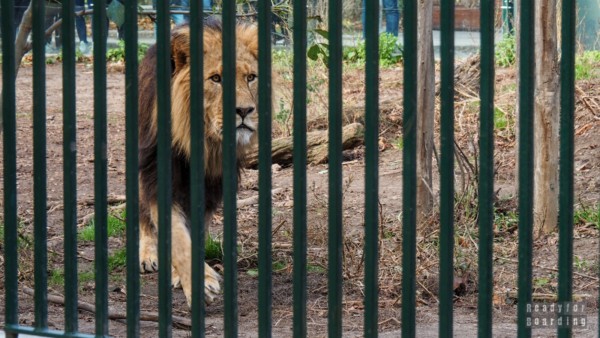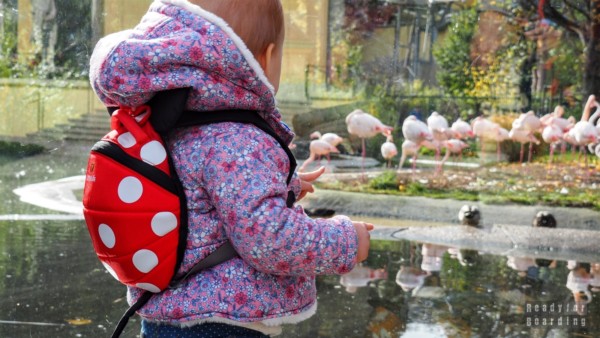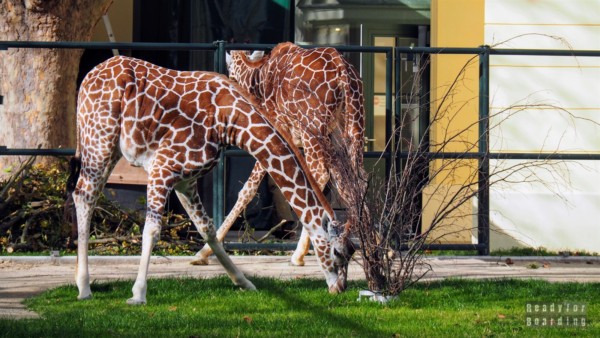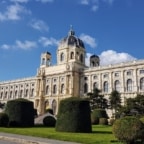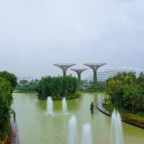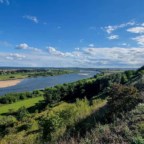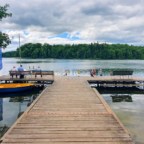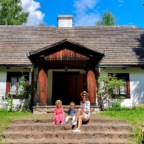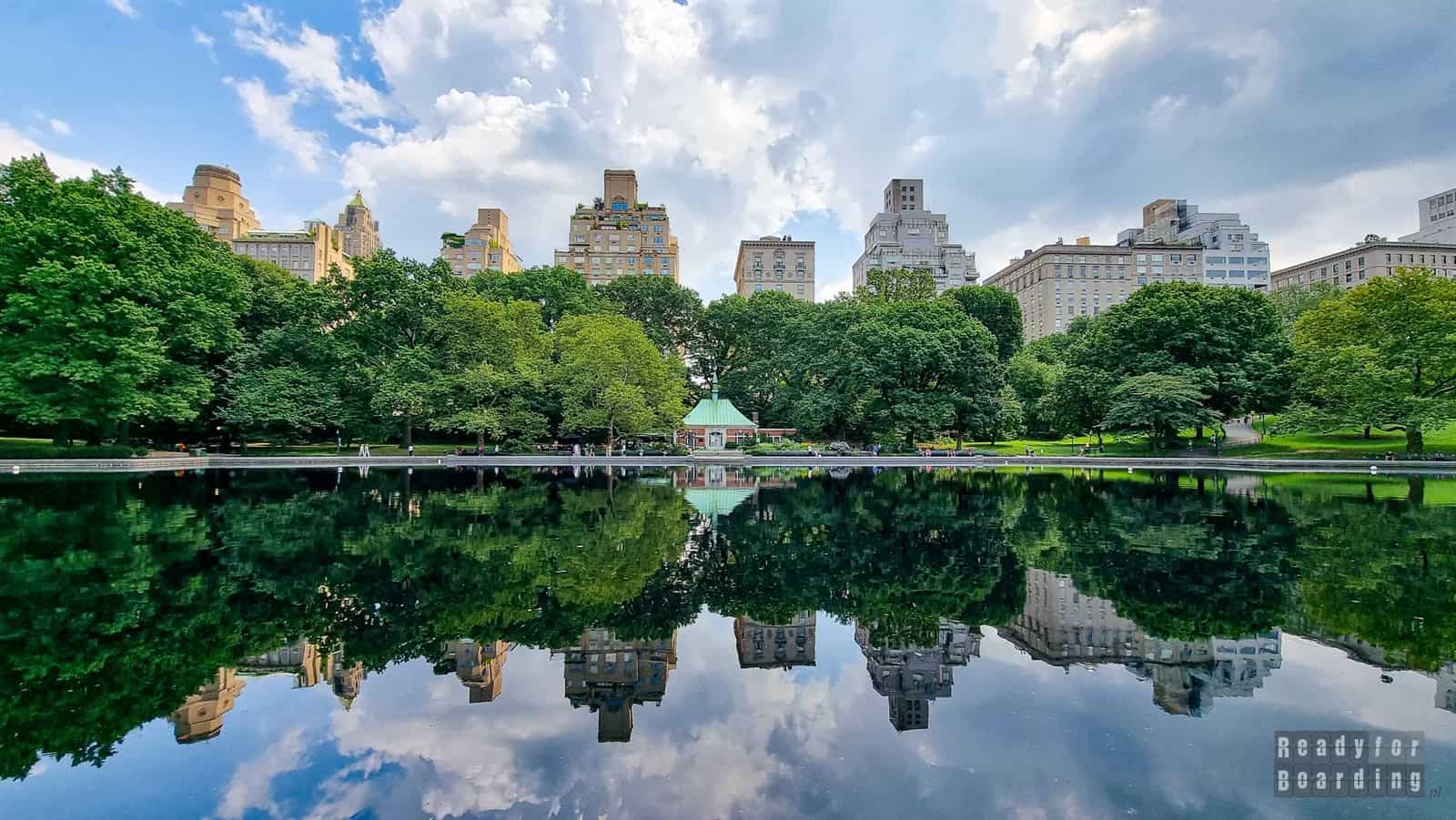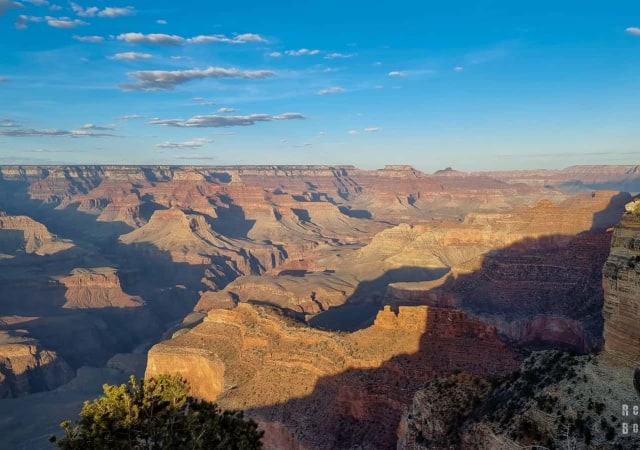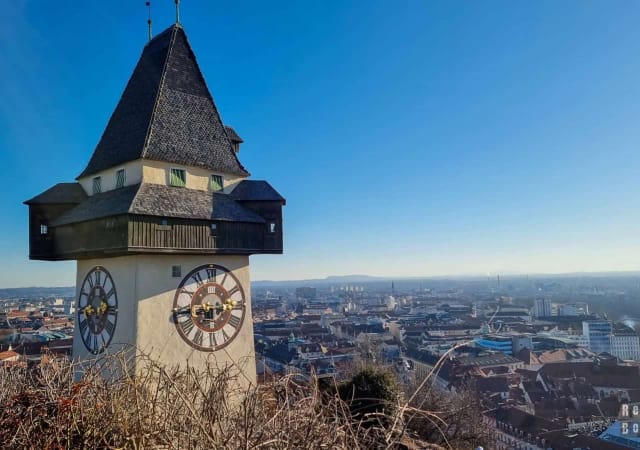The Habsburg Summer Residence – Schönbrunn, is a place where there is something for almost everyone: park, gardens, impressive palace, imperial apartments, labyrinth, museum for children, zoo (Tiergarten Schönbrunn), cafes and much more. Don’t wonder any longer if it’s worth it!
Vienna is a city where most of the most interesting attractions are located at what is known as the “Vienna Road”. ring (Ringstraße), a boulevard built on the orders of Emperor Franz Joseph I. It was he who ordered the preparation of the route, along which numerous palaces, the State Opera, City Hall, museums, and a university were built.
Not surprisingly, many people who come to Vienna for the weekend move only in the area of the aforementioned Ring. We, too, initially focused on those areas that would quietly provide entertainment and excitement for more than two days.
However, we knew that we wouldn’t be able to weave our way through the old town, entering every museum and gallery with a toddler on board, so when planning the trip we looked for attractions for the little ones as well. And so we came up with the idea of going to the zoo, where there are pandas (who are much loved in our country). And since the zoo is located right next to the Habsburg summer residence, it would be a sin not to kill two birds with one stone :)
Below we describe in points what to see here and add some practical information.
Table of contents
Getting to Schönbrunn
Schönbrunn Palace is located outside the city center, which doesn’t mean it will take long to get there. The U4 subway line (Schönbrunn station) reaches here. We drove from Praterstern station (on the U1 line) with a change at Karlspatz station, and the whole journey took about 20 minutes. If, as in our case, the zoo goes first then you can go one station further, to Hietzing (it is closer to the zoo entrance).
We recommend getting here by subway (which no longer runs subway here), but if one prefers, there is also a streetcar (No. 10 and 60) and bus (No. 10A), stop Schönbrunn.
The entrance to the palace is flush between the aforementioned metro stations (Schönbrunn and Hietzing), and to get to the zoo you have to walk through the park towards the palm house – the ticket offices are just behind the glass building.
Entrance to the park is free, but you already have to pay to enter individual sites. It’s worth figuring out in advance what possible packages to buy, as it may turn out to come out cheaper if you buy a ticket to several destinations at once. Nowadays, it pays to buy the so-called Winter Pass for €35, which already includes entrance from the palace, the zoo, the palm house and the desert house. More information can be found here.
With the Vienna City Card, some attractions are cheaper.
Schönbrunn Palace
Schönbrunn was the summer residence of the Habsburgs – grand, picturesque, refined in every way, showing the power and might of the monarchy. The palace impresses with its size, baroque architecture, number of chambers and gardens.
The interiors can be visited with an audio guide (it is available in Polish) or as part of groups with a real guide. Tickets are available at the ticket offices at the main gate or at the vending machines, which are located just outside the entrance to the palace itself (west wing). There is also a locker room where you can leave your coverings and bags.
The palace is accessible to visit for families with strollers and for people with disabilities, but elevators are not generally available. To get upstairs to the chambers, one must use a special elevator, almost a freight elevator, assisted by a staff member.
When buying a ticket for a tour of the palace, there are two options to choose from: Imperial Tour (€14.20 per person) or Grand Tour (€17.50 per person). How are they different?
As the name and price indicate, the second option is richer – by a whole 18 chambers ;) The Imperial Tour visits 22 chambers, while the Grand Tour visits 40 (there are 1,441 chambers in the entire palace!). In practice, the cheaper option allows you to see the Rococo-style interiors, including the Grand Gallery, and the more expensive option additionally, the Baroque ones (west wing), and it was the latter part that impressed us more. Unfortunately, inside the palace you can’t take pictures, so you’ll have to take our word for it :)
Among the most interesting chambers are: Emperor Franz Joseph I’s bedroom, Empress Elisabeth’s dressing room, the common bedroom with silk upholstery and silk on the walls, the dining room, the Yellow and Red Salons, the Hall of Mirrors where the young Mozart gave concerts, Rosa’s chambers with his paintings, the impressive 400-square-meter Grand Gallery with frescoes on the ceiling, the Chinese and Japanese Cabinet, the Hall of Ceremonies, the Blue Chinese Salon with walls covered with Chinese paper, the Porcelain Room, and the Chapel.
There are special attractions for the little ones in a separate museum (Kindermuseum Schloss Schönbrunn) – We passed through part of it on our way to the elevators. Here children can dress up and get into the role of imperial children living in the old days. Attraction for older children, with Olive we did not even try (not yet this time ;-)).
You can also visit the private gardens with citrus trees and a surrounding pergola, as well as the orangery with a vineyard (both attractions have an additional fee).
You probably won’t be surprised to learn that Schönbrunn Palace, along with the park, is a UNESCO World Heritage Site? ;)
Park with gloriette, labyrinth, palm house and greenhouse
Schönbrunn Park is a vast area where admission is free. It is extremely quiet, peaceful and clean here. The hedges and bushes are perfectly trimmed, the grass mowed and neat flower carpets complete the rest. Being here in autumn, we felt like it was spring, not autumn, because greenery dominated all around.
The park includes both a large garden (Great Parterre) between the palace and Neptune’s fountain as well as extensive wooded areas on the sides. The aforementioned garden is the perfect place to capture the palace in all its glory on one side, and the fountain and towering hill with the Gloriette on the other. On the sides are finely clipped hedges separating the square from the side areas, with statues and benches evenly spaced along the entire length. The symmetry of the flower patterns is best seen from above.
And there’s a small panorama to go with it:
Please define valid width and height attributes for remote images. This will also optimize the loading time of the remote panorama.Above the fountain rises the glorieta, a Baroque building shaped like a triumphal arch with additional wings on the sides. After climbing the hill, here you can enjoy a cup of coffee and the views from the observation deck at the top (part currently closed, to be reopened in March 2018).
The maze is one of those additional attractions in the park for which you have to pay extra. The entrance is on the side of the garden, and there are actually several additional attractions (such as smaller mazes) within the maze.
The labyrinth is more than 1,700 meters in area and is more than 2 meters high, so forget about peeping your way to the exit :) Instead, you can peep at the strays from the platform that is located above the maze. There is also a mini maze version here.
If you are interested in plants then an important point on the map of the park should be the palm house, which houses more than 4,000 species of plants (it is one of the largest palm houses in Europe). The palm house is divided into three sections with different climate zones: from cold to tropical.
On the other side, a slightly less impressive building (or at least compared to the palm house) is the so-called “Palm House. A hothouse, or desert house(Wüstenhaus), where you can see desert animals and plants.
Vienna Zoo – Tiergarten Schönbrunn
The zoo located here (Tiergarten Schönbrunn) is the oldest operating zoo in the world! It is interestingly designed – in the central part there is a pavilion with a restaurant, and the animal enclosures spread out radially. At least the original ones, because nowadays there are many more enclosures in the garden, including interestingly arranged enclosures for polar bears, penguins, an aquarium, a rainforest pavilion, an orangutan house or a nature communion path.
About 700 species of animals are housed here, including giant pandas, orangutans, koalas, elephants, and the garden’s biggest successes in recent years have been the birth of naturally conceived giant pandas (including twins in 2016 – you can find the video here!). Unfortunately, giant pandas can only play in the European Zoo until their second birthday, and then they have to go to China (such an agreement for the “rental” of giant pandas has the Zoo precisely with the Middle Kingdom, as objectively as it may sound [source]).
Well, then, let’s focus on the pandas, because they are the ones we came here for. From the entrance, posters, plaques and souvenirs of pandas attack from everywhere, so Olive had a ton of fun circling between the entrance and the first enclosure. When we finally made it to the pandas’ enclosure closest to the entrance, we saw them in full, lazy glory.
Lying, sitting, nibbling on bamboo shoots and doing nothing for days. Unfortunately, they were sitting far away or high up and we were not able to show them to Olive in all their glory, so we went towards other enclosures every now and then returning to the pandas hoping that maybe they would move. And it worked! At one time we hit the transition time from the outside to the pavilion, so we could see these cute teddy bears up close, with only the glass separating them from us. But what was our surprise when it turned out that Olive, however, prefers those on flyers and posters than in reality ;) Well, maybe such an age? ;-)
There were all of two pandas, and the enclosure seemed quite small to us. OK, pandas are not very busy creatures, but compared to the Beijing Zoo, it’s cramped here. We had a similar experience at the lion enclosure, where a male individual was pacing back and forth at the fence to the delight of visitors. The Vienna Zoo is considered one of the most modern and best zoos.
Also recommended in a similar topic:
– Orientarium Zoo Lodz,
– Zoo Wroclaw and the Afrykarium in Wroclaw,
– Gorlitz Zoo (Tierpark-Zoo),
– Leipzig Zoo,
– Singapore Zoo.
And yes, you have to admit that compared to many other zoos, the animals here have more space. Maybe our perception is slowly changing, but even the best zoo cannot provide adequate conditions for animals. It is important that he tries his best, the enclosures are clean, well maintained but it will never be better than the environment. The Vienna Zoo is also heavily involved in species conservation activities.
There are restaurants, stores in the garden area, even organic ice cream (unfortunately, they were already closed in November). We also liked the playground styled after Park Güella in Barcelona.
Before arriving it is worth checking the feeding times of the animals, we just happened to hit the giraffe feeding and it was a great attraction for the kids.
Summary
It is worth setting aside at least half a day for the park and Schönbrunn Palace. Even if you decide not to go inside, the garden or palace itself from the outside is quite an attraction. Highly recommended!
We also recommend you our post about other attractions and what to see in Vienna.
We also recommend a gallery of all the photos in this post:


